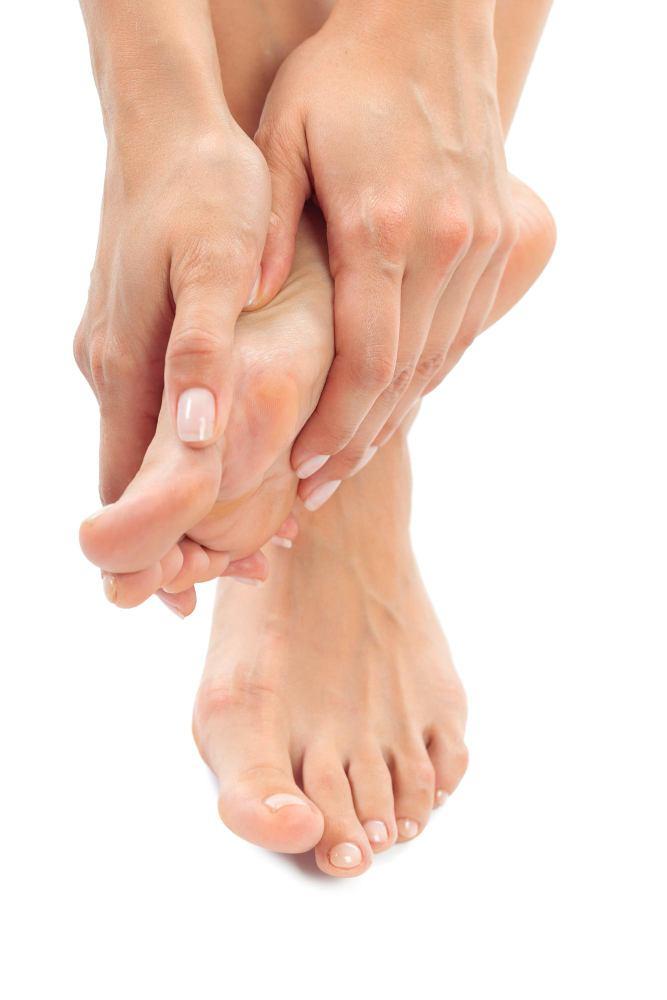Effective Treatment Options for Your Bunion
 When it comes to foot health, bunions are a condition that demands attention, regardless of whether they are causing pain or visible discomfort. Not all bunions are created equal; some may be mild and seemingly inconspicuous while others can significantly impact daily life.
When it comes to foot health, bunions are a condition that demands attention, regardless of whether they are causing pain or visible discomfort. Not all bunions are created equal; some may be mild and seemingly inconspicuous while others can significantly impact daily life.
However, what all bunions share is their progressive nature: without intervention, they tend to worsen over time. In this article brought to you by Mountain Spring Podiatry, we dive into the world of bunions to shed light on what they are, why they should not be ignored, and effective treatment options to ensure optimal foot health.
If you’d rather speak with a licensed podiatrist directly, then call Mountain Spring Podiatry to schedule an appointment with licensed foot specialists.
What Are Bunions?
A bunion is a bony bump that forms at the base of the big toe, typically caused by the misalignment of the joint. This deformity may result from a variety of factors including genetics, improper footwear, and abnormal foot mechanics. Over time, the big toe leans towards the second toe, causing a protrusion of bone and soft tissue on the side of the foot.
It’s important to recognize that not all bunions manifest in the same way. Some individuals may have bunions that are mild and asymptomatic while others experience pain, swelling, and difficulty wearing certain types of shoes. Despite the variation in severity, all bunions share a common characteristic. That is, they are progressive and tend to worsen over time if left untreated.
Why Ignoring Bunions Is a Risk
Even if your bunion seems inconspicuous or doesn’t currently interfere with your daily activities, ignoring it can have long-term consequences. Here are some reasons why addressing bunions promptly is essential:
- Progressive Nature: Without intervention, bunions are likely to mutate over time, leading to increased deformity and potentially causing more significant pain and discomfort over time.
- Joint Damage: As the bunion progresses, it can lead to joint damage and arthritis.
- Altered Foot Mechanics: Bunions can alter the mechanics of the foot, affecting how weight is distributed and potentially contributing to additional foot problems and pain in other areas.
- Impact on Mobility: Severe bunions can impact mobility, making it difficult to walk comfortably or engage in regular physical activities.
Effective Treatment Options for Bunions
Fortunately, there are various treatment options available to address bunions and alleviate associated symptoms. The choice of treatment depends on the severity of the bunion and the impact it has on an individual’s life.
Wearing shoes with a wide toe box and low heels can help reduce pressure on the bunion. Avoiding tight, narrow, or high-heeled shoes is essential to prevent further aggravation. Custom orthotic inserts can provide additional support and help distribute weight more evenly across the foot, reducing the strain on the bunion.
Physical therapy exercises can strengthen the muscles around the bunion, improving foot mechanics and reducing pain. Stretching and flexibility exercises may also be beneficial. Over-the-counter pain relievers can help manage pain and inflammation associated with bunions. However, it’s essential to consult with a healthcare professional before long-term use.
In severe cases, corticosteroid injections can provide temporary relief from pain and inflammation. In cases where conservative measures prove insufficient, surgical correction of the bunion may be recommended. Various surgical techniques exist, and the choice depends on the specific characteristics of the bunion.
Consult with a Foot Doctor
If you’d like to consult with a licensed foot doctor, then consider Mountain Spring Podiatry. We offer a wide range of services from routine foot care to more sophisticated procedures. Our knowledgeable team is on standby to address questions or concerns you may have.
